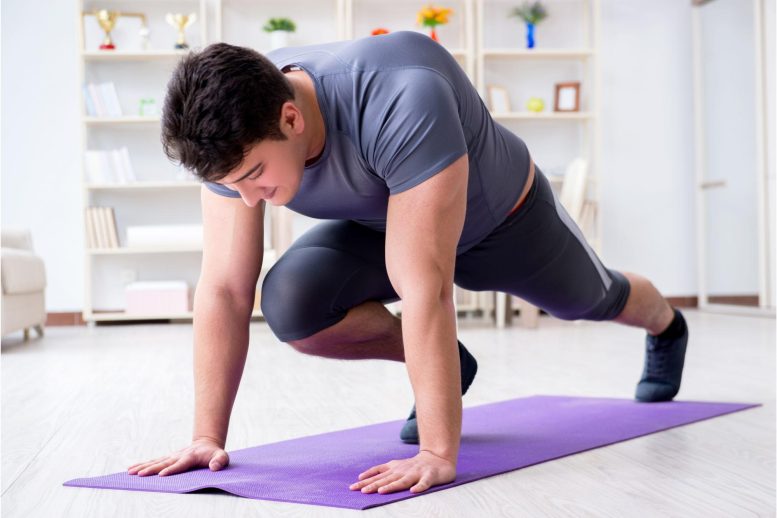
If the gut-to-brain pathway found in mice also exists in humans, it could be used as an effective method to enhance exercise and promote better overall health.
Researchers have discovered a gut-to-brain pathway in mice that increases exercise performance.
According to a study published in Nature, led by researchers at the Perelman School of Medicine at the University of Pennsylvania, certain types of gut bacteria can activate nerves in the gut to increase the drive to exercise. The study in mice identified a gut-to-brain pathway that explains how these bacteria can enhance exercise performance.
The study found that variations in running performance among a group of lab mice were mainly caused by the presence of specific gut bacterial species in the mice with better performance. The researchers identified that this effect is linked to the small molecules called metabolites that these bacteria produce. These metabolites activate sensory nerves in the gut which in turn, increase activity in a brain region that controls motivation during exercise.
“If we can confirm the presence of a similar pathway in humans, it could offer an effective way to boost people’s levels of exercise to improve public health generally,” said study senior author Christoph Thaiss, Ph.D., an assistant professor of Microbiology at Penn Medicine.
Thaiss and colleagues set up the study to search broadly for factors that determine exercise performance. They recorded the genome sequences, gut bacterial species, bloodstream metabolites, and other data for genetically diverse mice. They then measured the amount of daily voluntary wheel running the animals did, as well as their endurance.
The researchers analyzed these data using machine learning, seeking attributes of the mice that could best explain the animals’ sizeable inter-individual differences in running performance. They were surprised to find that genetics seemed to account for only a small portion of these performance differences—whereas differences in gut bacterial populations appeared to be substantially more important. In fact, they observed that giving mice broad-spectrum antibiotics to get rid of their gut bacteria reduced the mice’s running performance by about half.
Ultimately, in a years-long process of scientific detective work involving more than a dozen separate laboratories at Penn and elsewhere, the researchers found that two bacterial species closely tied to better performance, Eubacterium rectale and Coprococcus eutactus, produce metabolites known as fatty acid amides (FAAs). The latter stimulates receptors called CB1 endocannabinoid receptors on gut-embedded sensory nerves, which connect to the brain via the spine. The stimulation of these CB1 receptor-studded nerves causes an increase in levels of the neurotransmitter dopamine during exercise, in a brain region called the ventral striatum.
The striatum is a critical node in the brain’s reward and motivation network. The researchers concluded that the extra dopamine in this region during exercise boosts performance by reinforcing the desire to exercise.
“This gut-to-brain motivation pathway might have evolved to connect nutrient availability and the state of the gut bacterial population to the readiness to engage in prolonged physical activity,” said study co-author, J. Nicholas Betley, Ph.D., an associate professor of Biology at the University of Pennsylvania’s School of Arts and Sciences. “This line of research could develop into a whole new branch of exercise physiology.”
The findings open up many new avenues of scientific investigation. For example, there was evidence from the experiments that the better-performing mice experienced a more intense “runner’s high”—measured in this case by a reduction in pain sensitivity—hinting that this well-known phenomenon is also at least partly controlled by gut bacteria. The team now plans further studies to confirm the existence of this gut-to-brain pathway in humans.
Apart from possibly offering cheap, safe, diet-based ways of getting ordinary people running and optimizing elite athletes’ performance, he added, the exploration of this pathway might also yield easier methods for modifying motivation and mood in settings such as addiction and depression.
Reference: “A microbiome-dependent gut–brain pathway regulates motivation for exercise” by Lenka Dohnalová, Patrick Lundgren, Jamie R. E. Carty, Nitsan Goldstein, Sebastian L. Wenski, Pakjira Nanudorn, Sirinthra Thiengmag, Kuei-Pin Huang, Lev Litichevskiy, Hélène C. Descamps, Karthikeyani Chellappa, Ana Glassman, Susanne Kessler, Jihee Kim, Timothy O. Cox, Oxana Dmitrieva-Posocco, Andrea C. Wong, Erik L. Allman, Soumita Ghosh, Nitika Sharma, Kasturi Sengupta, Belinda Cornes, Nitai Dean, Gary A. Churchill, Tejvir S. Khurana, Mark A. Sellmyer, Garret A. FitzGerald, Andrew D. Patterson, Joseph A. Baur, Amber L. Alhadeff, Eric J. N. Helfrich, Maayan Levy, J. Nicholas Betley and Christoph A. Thaiss, 14 December 2022, Nature.
DOI: 10.1038/s41586-022-05525-z
The study was funded by the National Institutes of Health, the Pew Charitable Trust, the Edward Mallinckrodt, Jr. Foundation, the Agilent Early Career Professor Award, the Global Probiotics Council, the IDSA Foundation, the Thyssen Foundation, the Human Frontier Science Program, and Penn Medicine, including the Dean’s Innovation Fund.


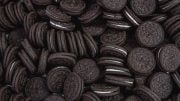
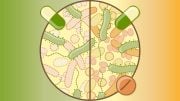


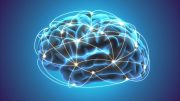
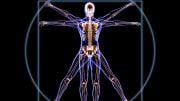

Gut bacteria is amazing, we need far more study into this subject.